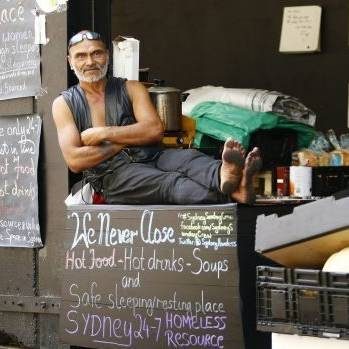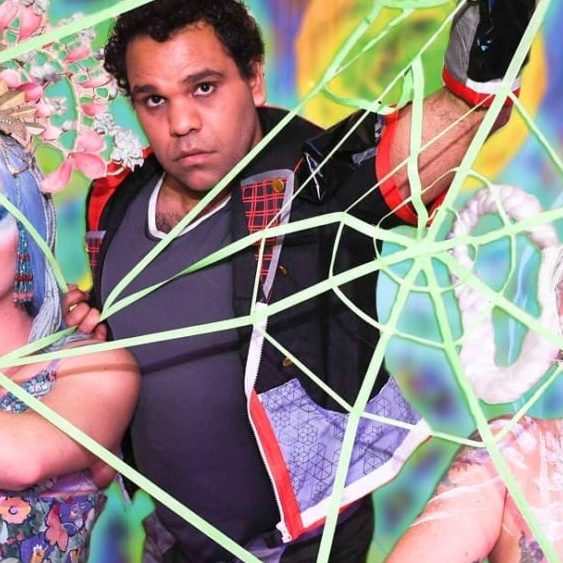7
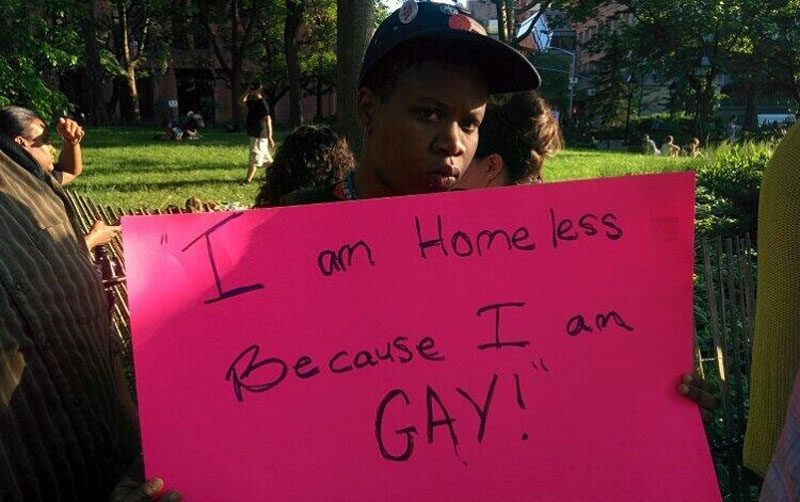
Last month we reported on the Victorian project sourcing research for this report, and the results are in
“They said I did not belong living with normal people… and I still have to live in this building after being assaulted.”
KEY STATS:
- Gay and Lesbian respondents stayed in crisis accommodation or slept rough at double the rate of heterosexuals.
- For bisexual respondents, this figure was triple that of heterosexuals.
- Bisexuals were most likely to be homeless at least five times.
- Rooming houses were particularly unsafe for LGBTQI.
- As are private rental properties, which speaks to the lack of safe accommodation options.
- In regional areas, older lesbians and transgender individuals experience the greatest shortage of safe housing.
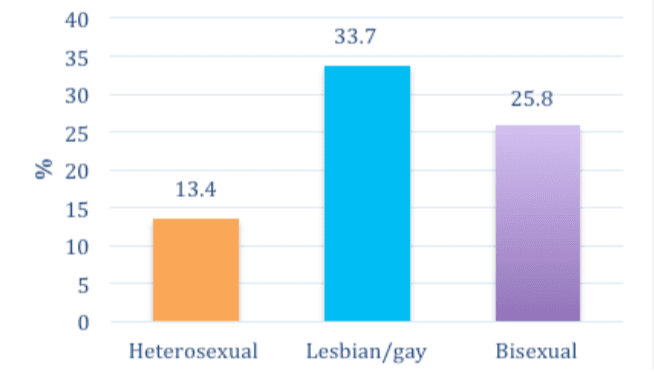
Image: Ever Experiened Homelessness
“I would much prefer to sleep on the street than go to a homeless shelter.”
LGBTQ SPECIFIC CAUSES OF HOMELESSNESS:
- Violence and harassment: These arose from homophobia, biphobia and/or transphobia, and explicit discrimination.
- Ignorance: This included heteronormativity and/or cisgenderism, often manifested as assumptions of heterosexuality and/or misgendering.
- Personal vulnerability: This included family conflict, childhood sexual assault, younger age of first homeless episode, mental health and substance issues, which arises from the above structural inequalities and trauma.
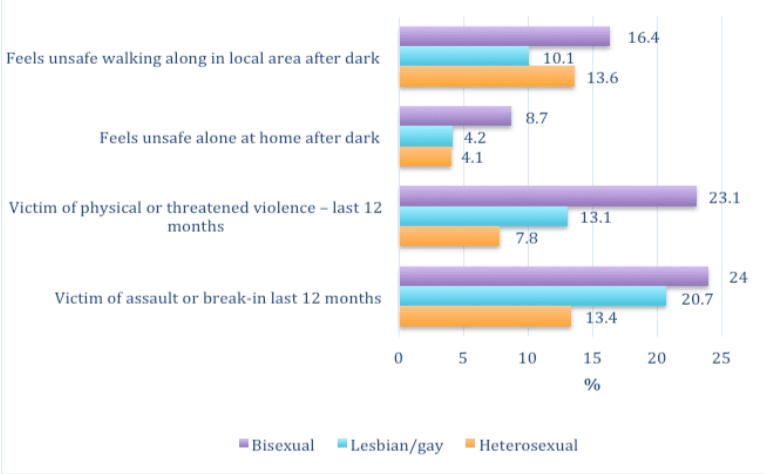
Image: Assaults and Feeling of Safety
“…There [were] two petitions going around this building to get rid of me… in the petition it said I was a woman trying to be a man, and I was not normal, that I did not belong living with normal people… and I still have to live in this building after being assaulted and spending two weeks in hospital.”
ISSUES IN SEEKING HOUSING:
- LGBTQI experienced higher rates of childhood sexual assault, mental health problems, and substance use, lower life satisfaction, poorer general health, and financial stress often due to medical expenses associated with gender affirmation.
- Lack of understanding of non-binary identities commonly led to misgendering and placement at inappropriate sites.
- Negative experiences and fears often prevented LGBTQI respondents from seeking refuge at a faith-based centre.
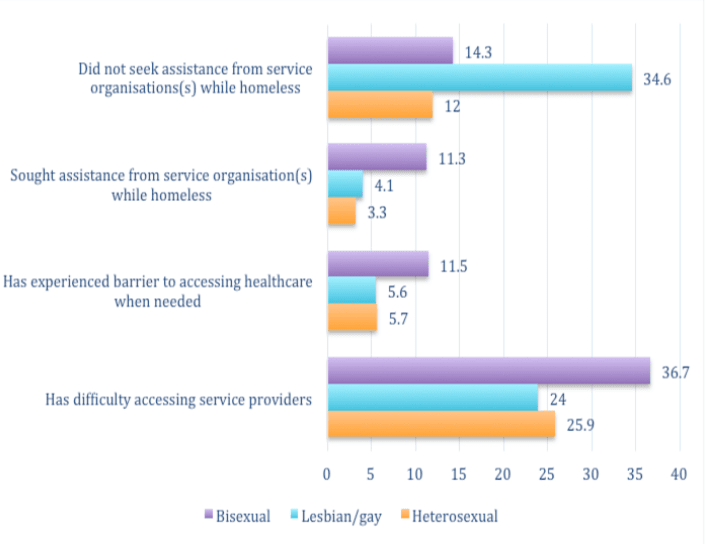
Image: Access to Services
“The majority of staff…would prefer not to ask people [their LGBT status], because they don’t see it is relevant to the type of service they should be offered.”
RECOMMENDATIONS:
In a nutshell, the report recommends that:
- All services be openly LGBTQI friendly, which includes active participation in the community.
- LGBTQI services be embedded in mainstream services
- An LGBTQI safe housing network be established
- The family violence sector recognise the impact of family violence on homelessness, including an effort to educate families.
- Schools support LGBTQI students
- Ongoing LGBTQI training be compulsory to all staff
- Future mainstream data collection include subsections on the LGBTQI experience
“Traditionally, it’s ridiculous, where they say you’ve got to get your mental health and drug issues sorted, and then we’ll see about housing. Whereas my mental health issues…are about safety, they’re about having somewhere safe, secure to live.”
If you want to check out the full report, head to www.lgbtihomeless.com

